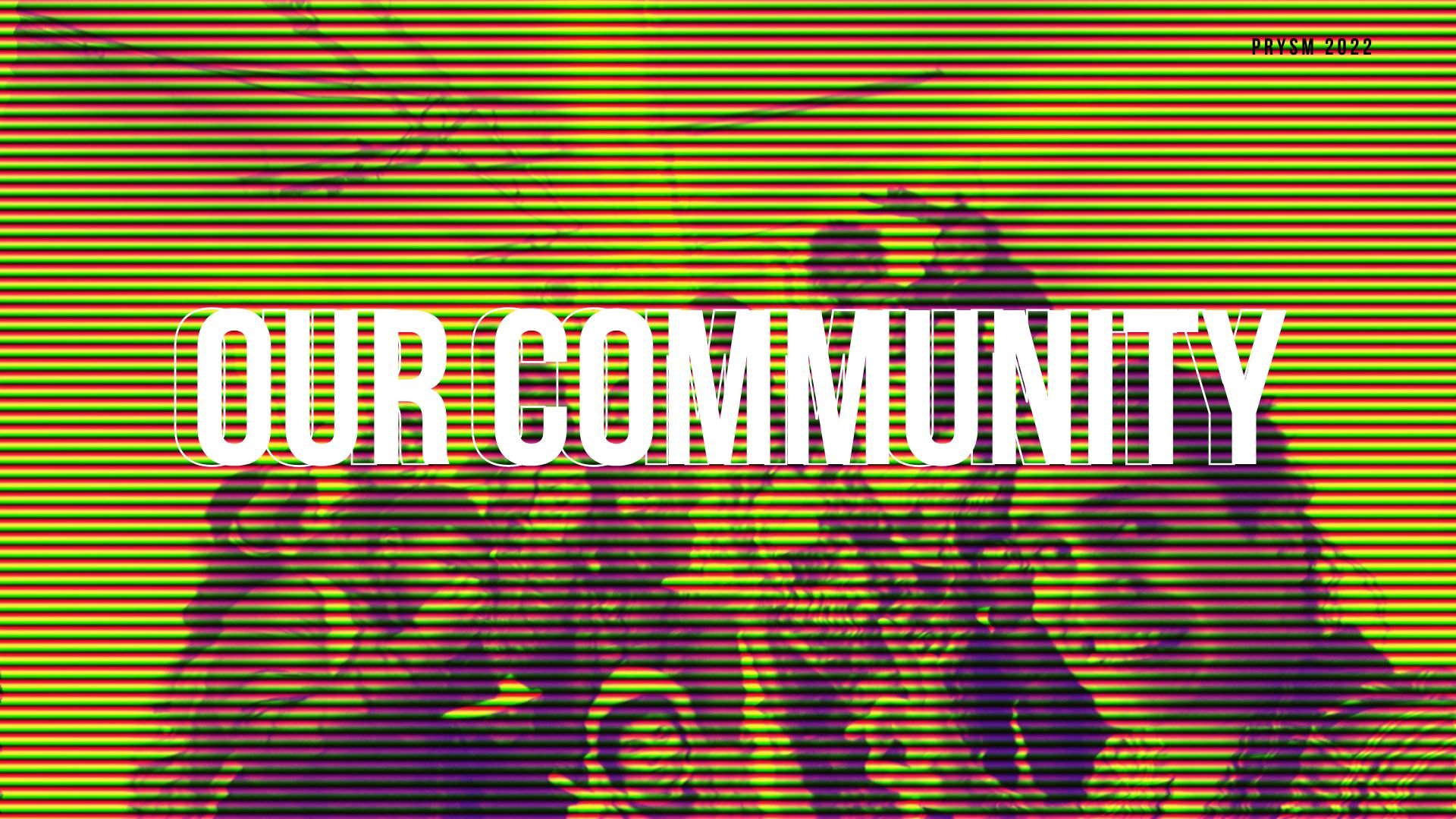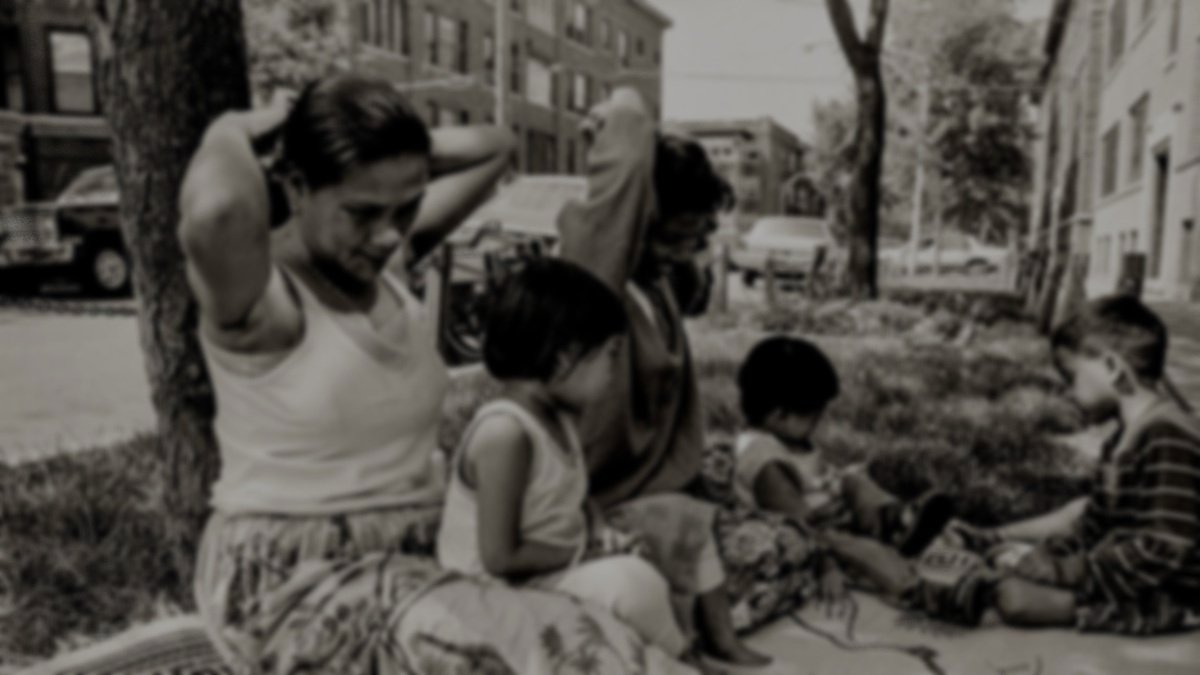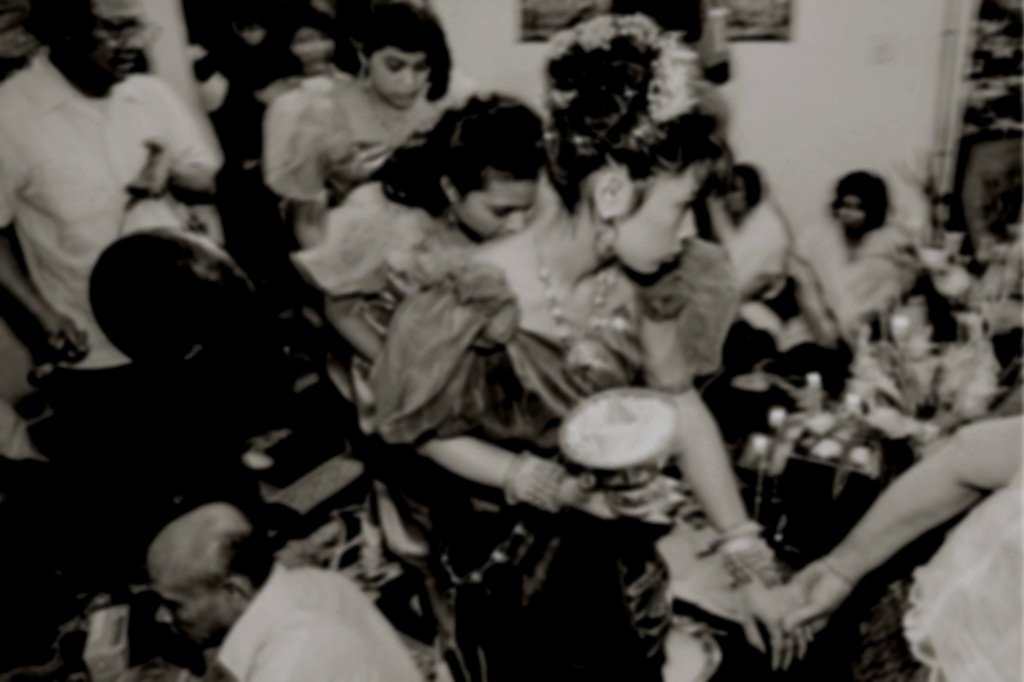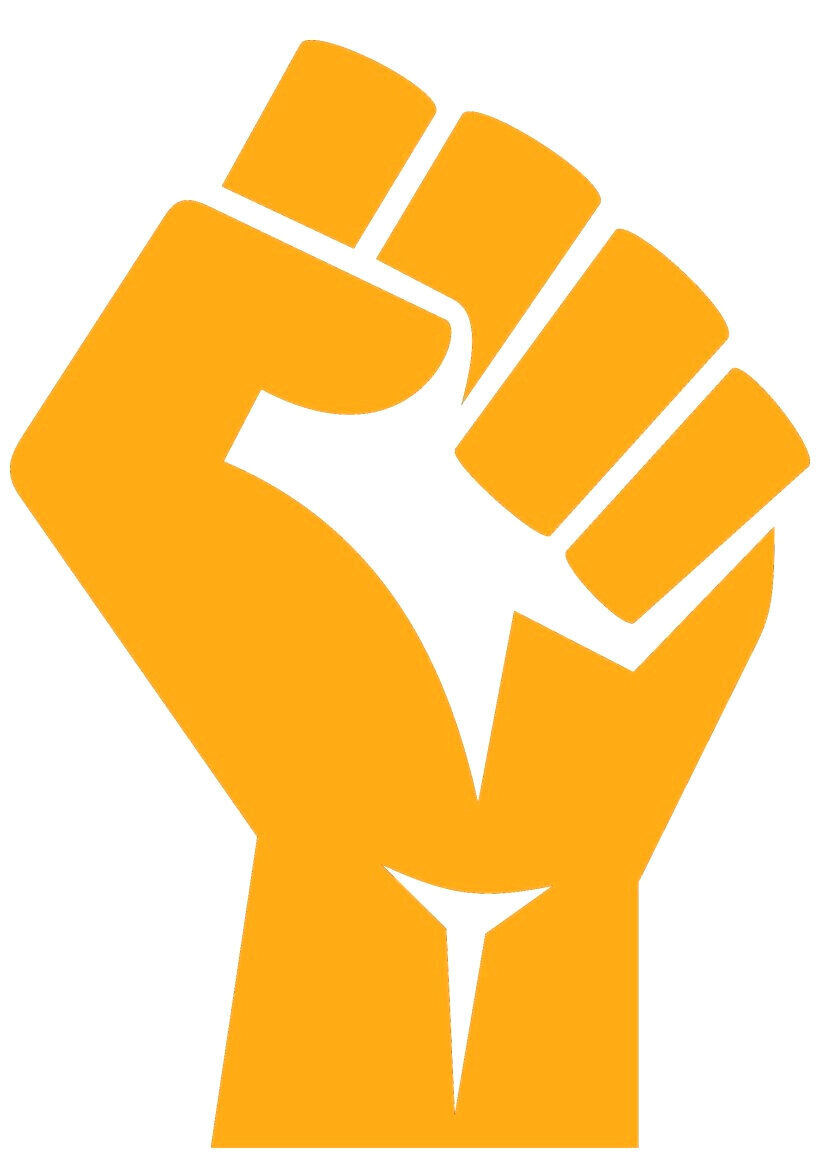

In the face of historic racism and discriminatory policies, the strength of Southeast Asian communities in the U.S. is longstanding and ever growing.
-
Despite long time military involvement in the wartime agressions that disrupted and displaced the people of the region, the USA began asylum programs only 1979 and through the early 1990’s. Cambodian refugees from camps in Thailand and throughout Southeast Asia immigrated in this time and greatly contributed to the existing Southeast Asian communities and culture we see today.
“SOUTHEAST ASIAN AMERICANS comprise one of the newest communities to be added to the American narrative, and one of the newest communities to be added to the Asian American experience. While Chinese Americans can date their ancestry back to the early 1800s, the story of mass migration of Southeast Asians to the United States started in the 1970s in the aftermath of the U.S. occupation of Southeast Asia during the ruthless Khmer Rouge genocide, bombings in Laos, and Vietnam War. Together these wars claimed millions of lives between 1955 and 1975, including innocent men, women, and children. Among those harmed were the 2 million victims of the Khmer Rouge genocide, and the tens of thousands of people who were victims of the mass bombing of Laos—the most heavily bombed country per capita in world history.
Millions more were affected by Agent Orange, a herbicide deployed in Southeast Asia that is now linked to certain cancers. The relationship between the U.S. and the people of Cambodia, Laos, and Vietnam began decades before Southeast Asians arrived in America, as the U.S. government had been heavily involved in these countries to combat the spread of communism. Many Southeast Asians worked alongside the U.S. in these efforts to fight for democracy within their own countries. For example, Vietnamese refugees worked with the U.S. government during the Vietnam War as translators and civil servants; Khmer refugees assisted the U.S. military during its occupation of Cambodia; and the U.S. Central Intelligence Agency recruited and trained Lao and Hmong soldiers to serve as guerrilla fighters in the Secret War in Laos.
When the U.S. withdrew and these countries fell to communist powers, the U.S. failed to implement promised contingency plans to protect those who had aided the U.S., leaving hundreds of thousands of people to fend for themselves as targets of political persecution.
Even after the wars ended, violence and fear of persecution forced refugees to make treacherous escapes across borders and out onto the open sea to refugee camps, where they awaited resettlement. This eventually led to the largest mass resettlement of refugees in America’s history—over 1.1 million in a span of three decades.”
-SEARAC.org
-
SOUTHEAST ASIAN AMERICANS comprise one of the newest communities to be added to the U.S. narrative, and one of the newest communities to be added to the Asian American experience. While Chinese Americans can date their ancestry back to the early 1800s, the story of mass migration of Southeast Asians to the United States started in the 1970s in the aftermath of the U.S. occupation of Southeast Asia during the ruthless Khmer Rouge genocide, bombings in Laos, and Vietnam War. Together these wars claimed millions of lives between 1955 and 1975, including innocent men, women, and children. Among those harmed were the 2 million victims of the Khmer Rouge genocide, and the tens of thousands of people who were victims of the mass bombing of Laos—the most heavily bombed country per capita in world history.
Instead of the U.S. upholding responsibility for the world’s largest refugee crisis created by American political forces, the SEAA community has instead been replaced, overlooked, and masked behind the broader Asian American “model minority” myth that all Asian Americans are thriving compared to other communities of color.
- SEEARAC.ORG
“Southeast Asian refugees in Rhode Island fluctuated between the hyperghetto and relative economic stability based on life events and opportunities through social networks. Rhode Island began accepting large numbers of refugees as part of the 1975 dispersal policy to distribute the first cohort of refugees across the fifty states. The main influx of Southeast Asians did not arrive en masse in the state until the second cohort in the early to mid-1980s and through tertiary migrations, particularly from Lowell, Massachusetts and other parts of the Northeast in the 1990s to early 2000s. In 1980, Asians accounted for 6.3% (9,894) of the total state population (156,804), and by 1983, an estimated 2,800 Cambodians, 2,000 Hmong, 500 Lao, and 100 Vietnamese, in addition to the existing 118 Vietnamese, had moved to Rhode Island, increasing the state’s Asian population by almost 50%.”
-GENERATION RISING
-
“…post-September 11, 2001 context only heightened the surveillance and criminalization of BIPOC and immigrant youth of color under the Bush administration; even liberal stakeholders and non-profit organizations benefitted from the programs’ attendant funding. SEAA bore the dual burden of heightened economic stress due to decreasing social safety nets by the government and hyper-criminalization of youth of color. By the early late 1990s, there were increasing numbers of SEAA entering the criminal justice system and being turned over to immigration detention to linger indefinitely, only to be deported to a country they often did not remember.
The trend to criminalize youth of color, including SEAA, amounted to what Victor Rios terms the “youth control complex” of “the web of institutions, schools, businesses, residents, media, community centers, and criminal justice system, that collectively punish, stigmatize, monitor, and criminalize young people in an attempt to control them.” The youth control complex might take the form of material physical punishment, or it might be symbolic in the form of surveillance, profiling, or harassment, particularly of youth of color. The state apparatus evolved into a pervasive intrusion into youth’s lives in the early 2000s as surveillance and social control increased with the introduction of gang databases and funding for additional surveillance to schools and non-profit organizations. Many local school systems and organizations accepted this money, though not necessarily without prior understanding of the surveillance expectations attached to it.”-GENERATION RISING
Under the Trump administration, the faulty deportation policies of the 1980’s and 1990’s (1996 IIRIRA law; the Illegal Immigration Reform and Immigrant Responsibility Act) have become further exacerbated. Going past the “violent convictions” deportation priorities, the Trump administration have prioritized deportation of any immigrants in precarious status including those “suspected” of any “criminal activity”. Not only are these deportations unfair and inhumane, but they place vulnerable populations of the second generation of wartime refugees in threat of deportation to trying to survive a country they left as infants.
PrYSM’s network of advocacy programs and allies continue to work closely with the most impacted members of our community to keep our families together and #SHUTDOWNICE.
“The critical intervention of PrYSM for refugee children and the children of refugees sharply contrasts those official governmental agencies responsible for refugee resettlement.
While government agencies and local institutions served as social service providers or regulators of social control, PrYSM provided the socio-cultural needs of young people in ways that simultaneously gave them a sense of self, belonging, pride, and empowerment.
In doing so, they centered the priorities of SEAA youth to build new generations of leaders for a social movement that emphasized on their lived experiences as well as their strengths and collective power.”
-Loan Thi Dao, GENERATION RISING
“Refugee youth organizers tend to view immigrants not as blank slates upon immigration, but as active agents of change who carry political and cultural values that are transmitted across generations. Those values are neither adopted wholesale by Southeast Asian youth from their parents nor from the hybrid urban landscapes in which they grow up. The youth’s strategic choices allow them to make sense of disjointed spaces between Asian American radicals and their co-ethnic communities.
The youth’s strategic choices allow them to make sense of disjointed spaces between Asian American radicals and their co-ethnic communities.….Their ability to merge these two somewhat disparate worldviews have become a source of strength in which they find a new political direction for movement building.
In carving out the ‘liberated zones’ of social movement, these new leaders embrace what Kelley views as ‘the time to think like poets, to envision and make visible a new society, a peaceful, cooperative, loving world without poverty and oppression, limited only by our imaginations.’ During the last fifteen years, PrYSM has continually attempted to prioritize love, generosity, inclusivity, and creative expression to build community and its collective identity.”
-Loan Thi Dao, GENERATION RISING
Kab Pham is an OG member of PrYSM hailing from the days of gang mediation and experience in the Providence community.
His roots are like many others in the staff and the community we serve, a generation that came from refugees of the Khmer Rouge Genocide.
His experience of criminalization and incarceration echo a generation of young people caught up in the discriminatory policing policies that they faced.
Despite this compounded generational trauma, Kab has not only survived the struggle but now continues to fight to keep his family together as well as for his community with PrYSM and it's partners.
Alongside his peers at CDP and RICE, Kab participates in providing experiential testimony against ICE and the discriminatory criminalization of his community. He is also fighting to stay in the USA and keep his family together.
Kab is one of many of the incredible people within our community. Stay tuned to get to know us more!













